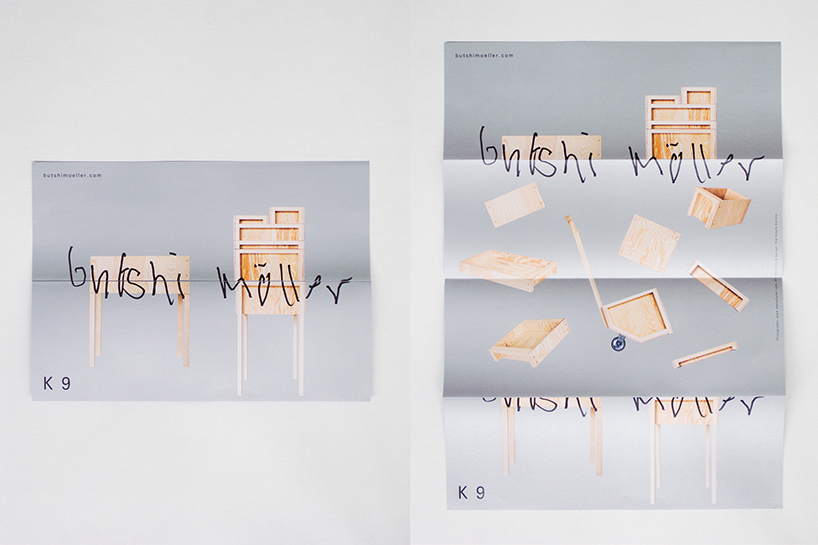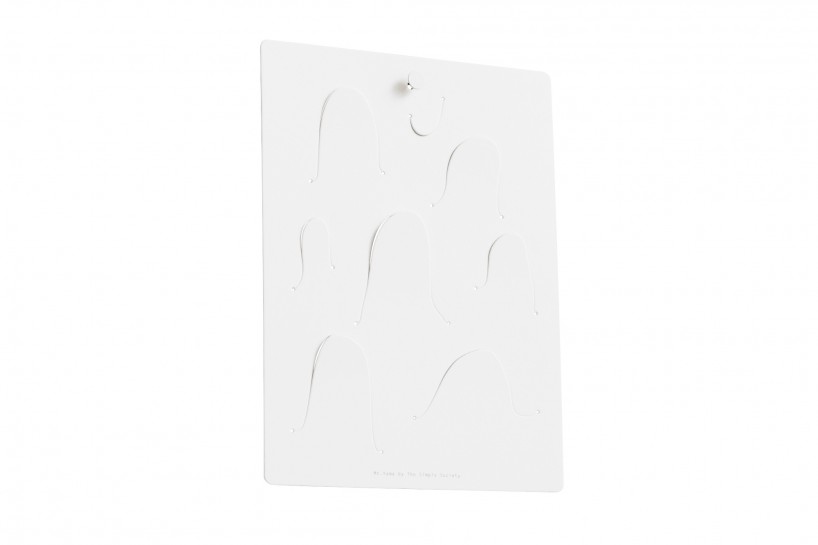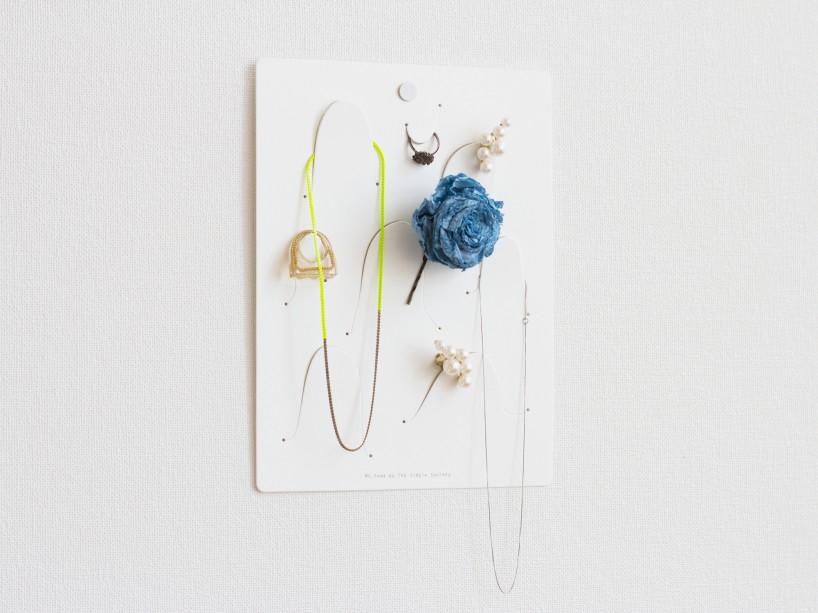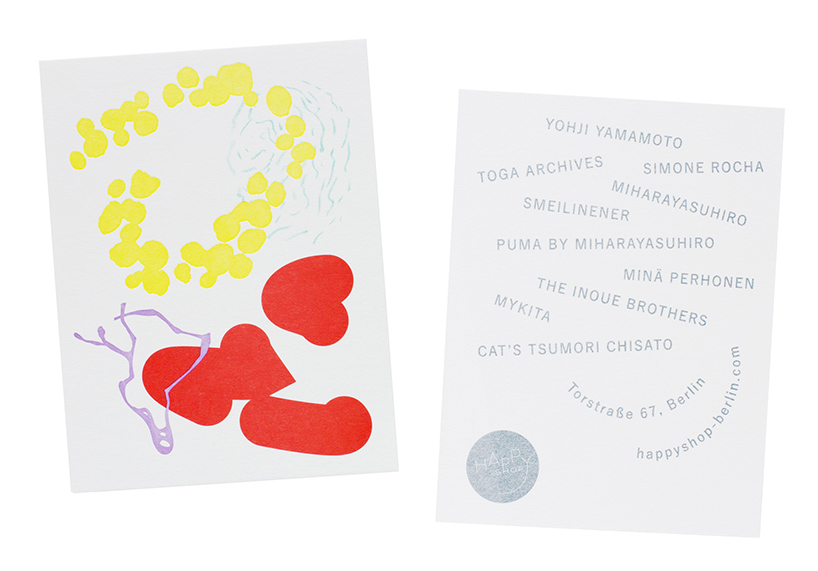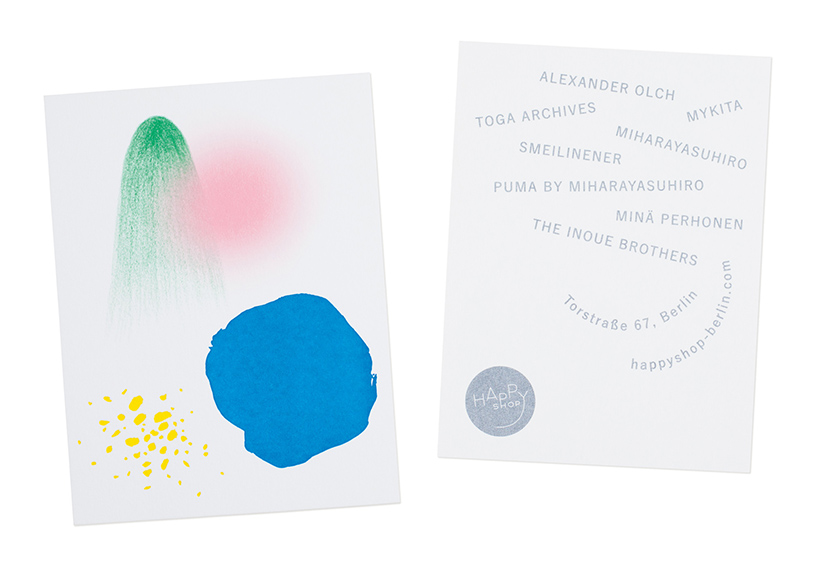KEEP UP WITH OUR DAILY AND WEEKLY NEWSLETTERS
PRODUCT LIBRARY
watch our livestream talk with BMW Design at 19:15 CEST on monday 15 april, featuring alice rawsthorn and holger hampf in conversation.
connections: +300
the solo show features five collections, each inspired by a natural and often overlooked occurence, like pond dipping and cloud formations.
discover our guide to milan design week 2024, the week in the calendar where the design world converges on the italian city.
connections: 30
'despite dealing with health-related setbacks, gaetano remained positive, playful and ever curious,' pesce's team said in a post confirming his death.
connections: +130
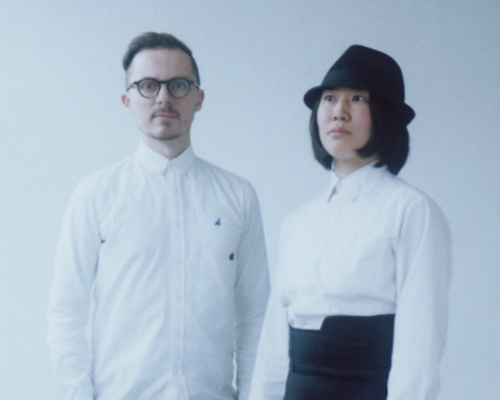
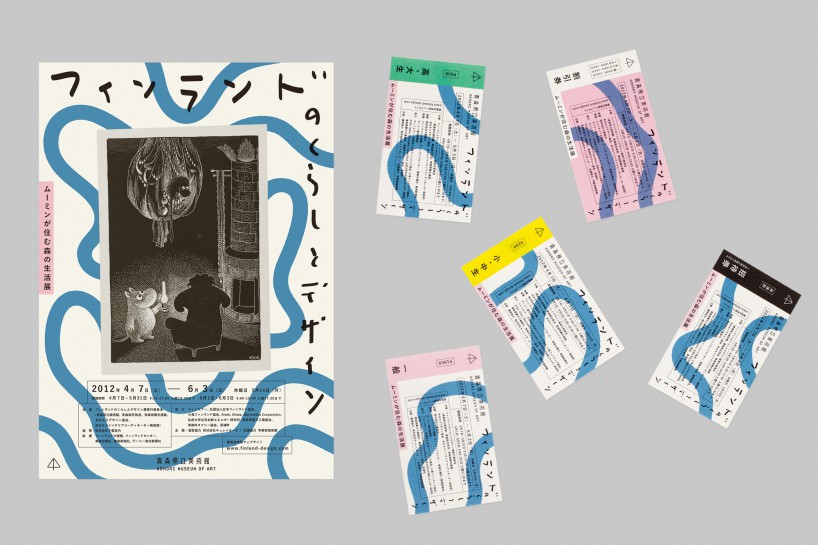
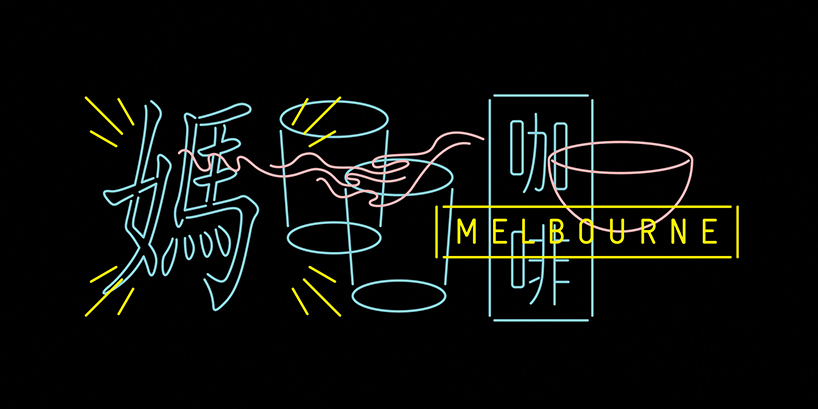
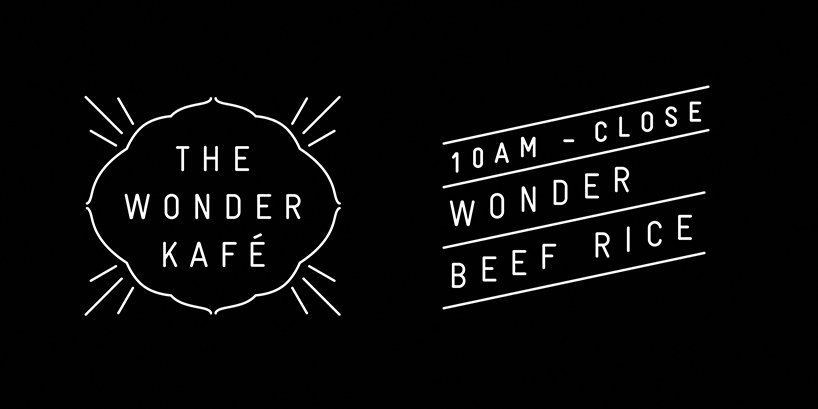
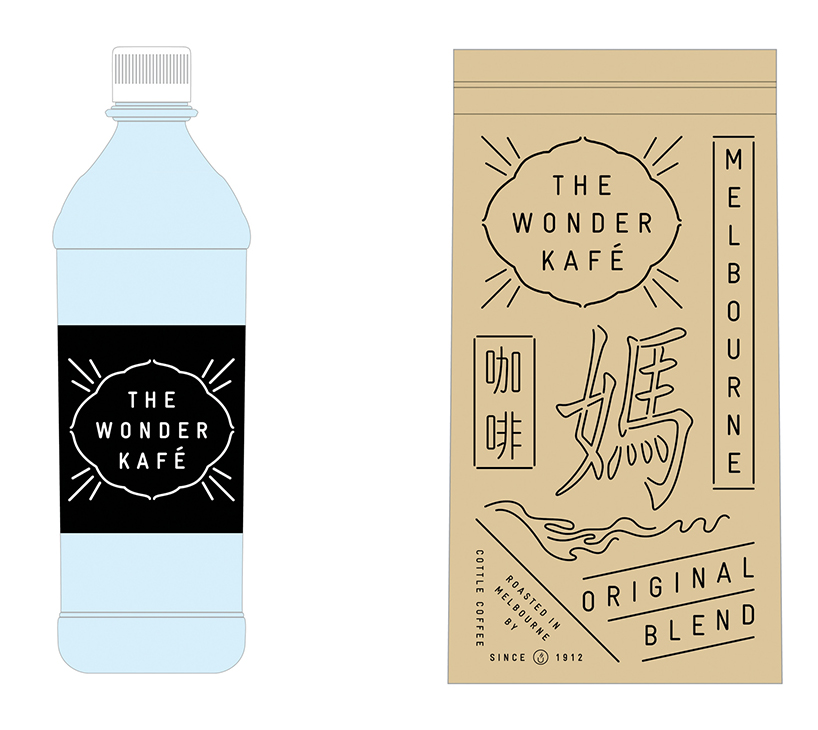 bottled water and coffee blend packaging
bottled water and coffee blend packaging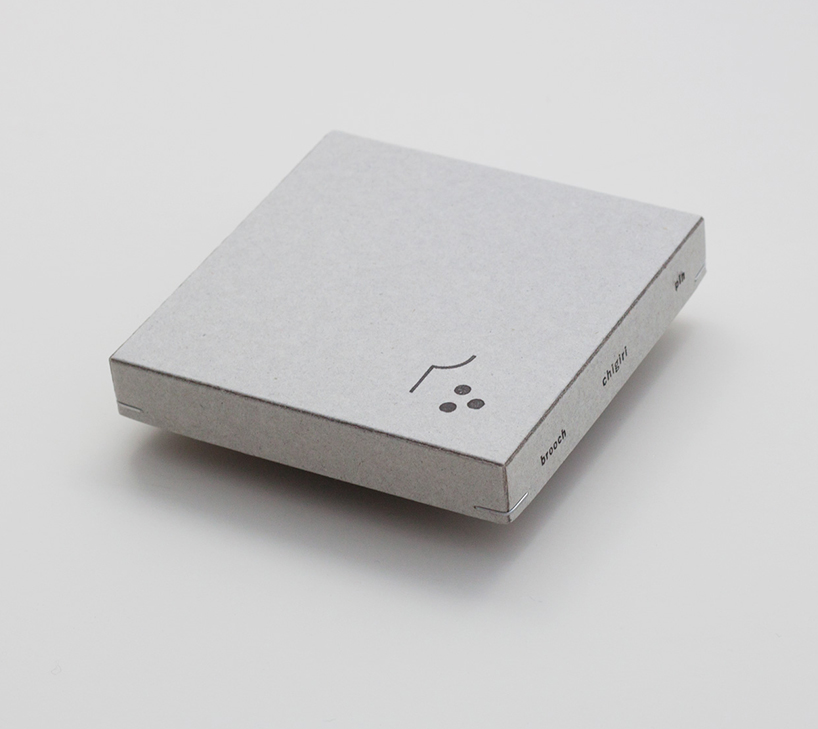 packaging and logo design for the brand WAPPA, 2012
packaging and logo design for the brand WAPPA, 2012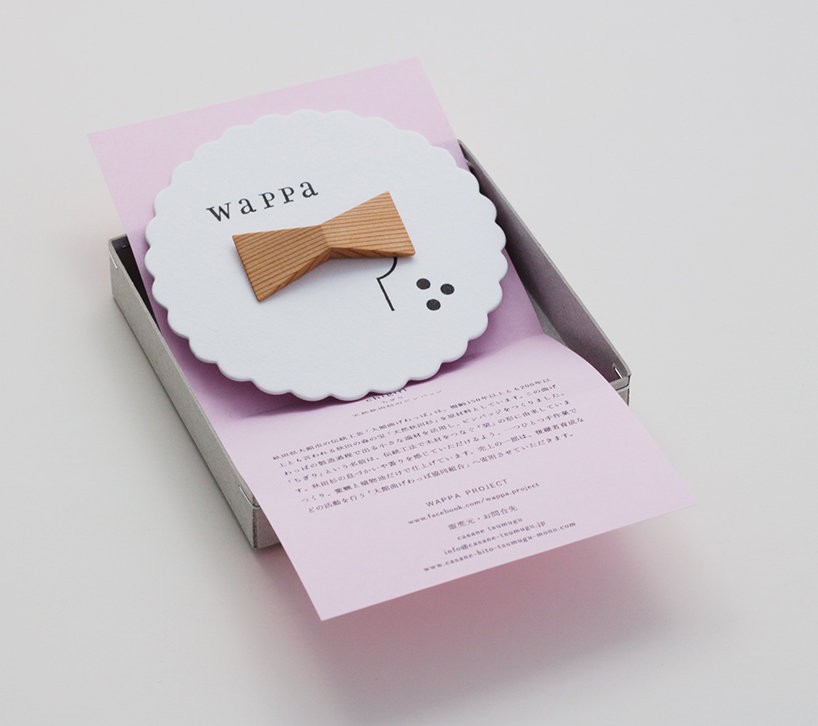
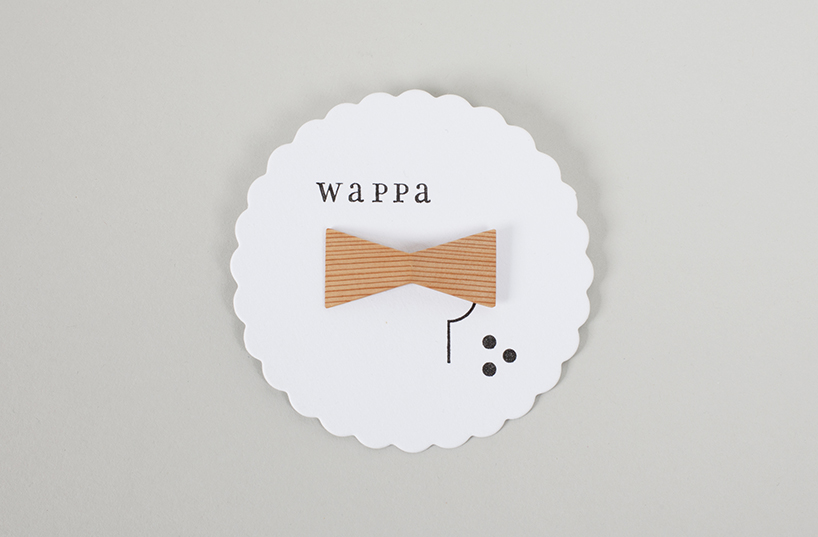
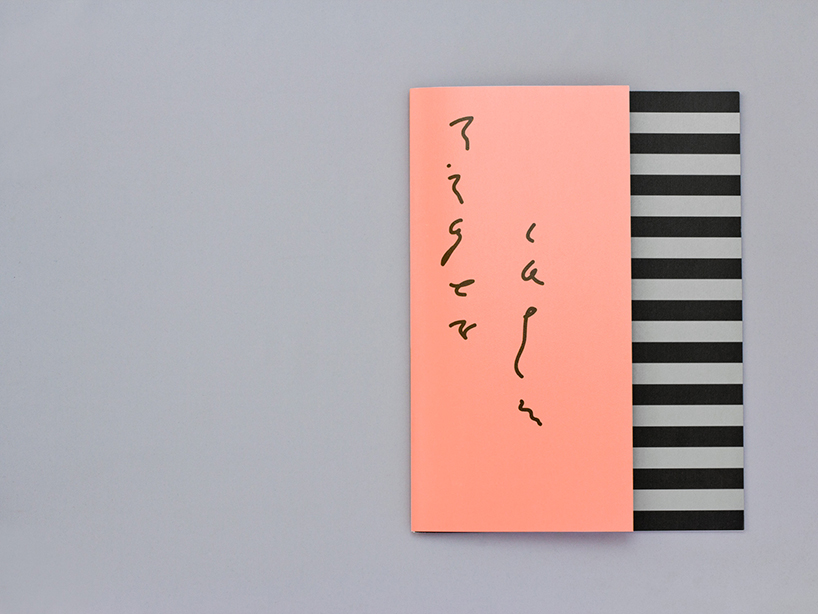 reality studio lookbook for the summer 2014 collection ‘tiger calm’
reality studio lookbook for the summer 2014 collection ‘tiger calm’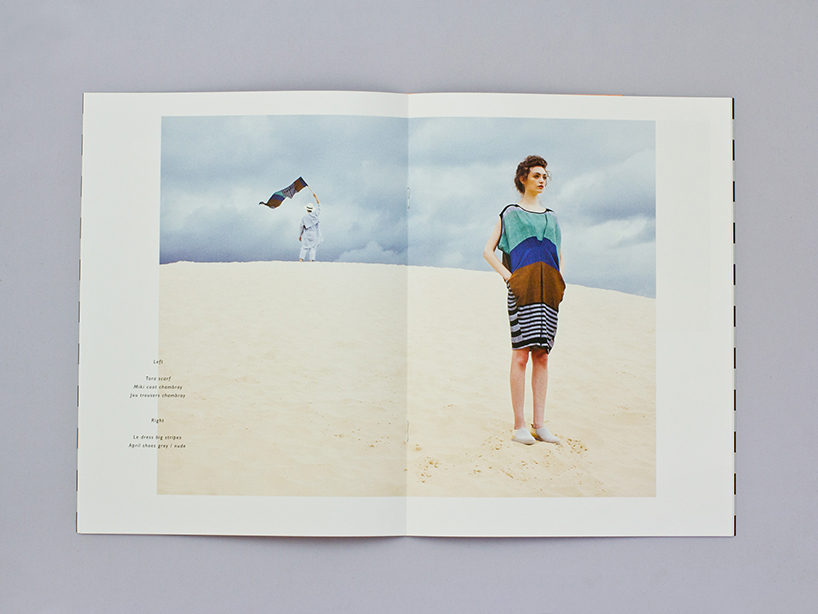
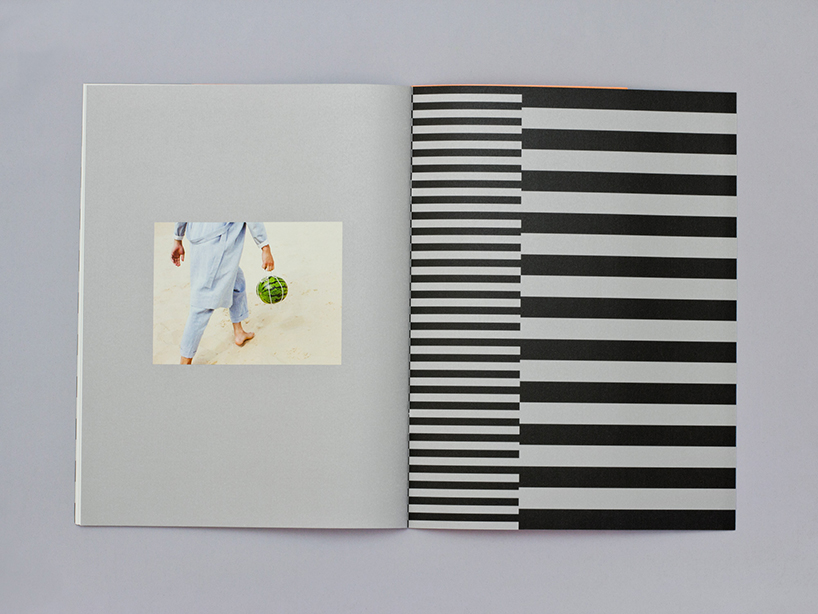
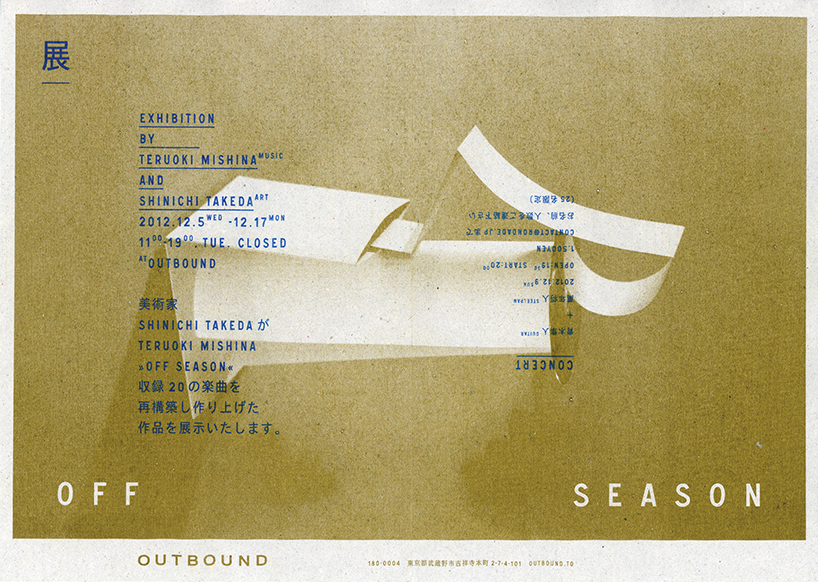
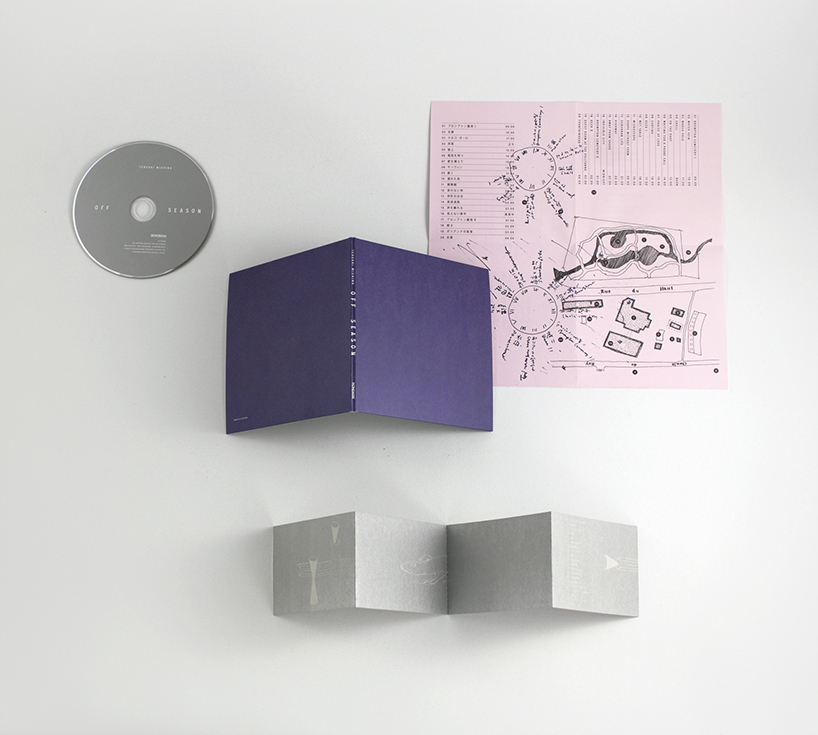
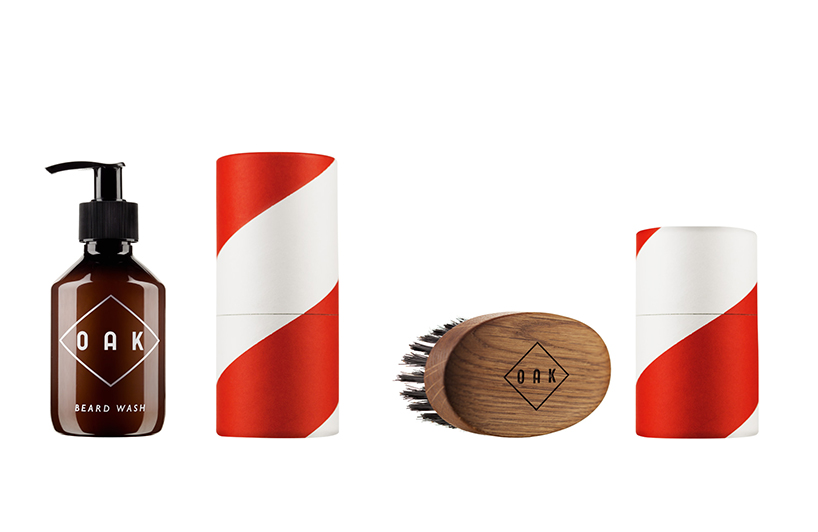 branding and packaging design for the berlin-based beard care brand OAK, 2013
branding and packaging design for the berlin-based beard care brand OAK, 2013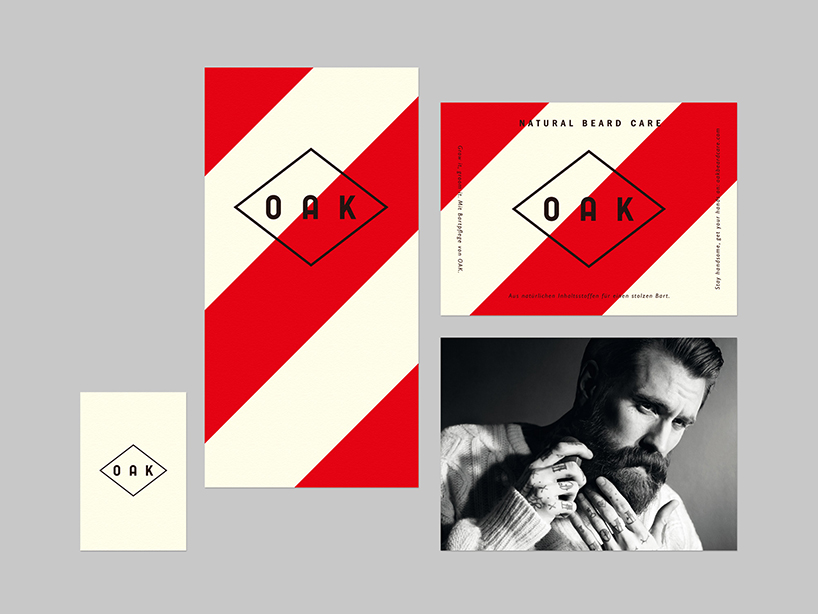
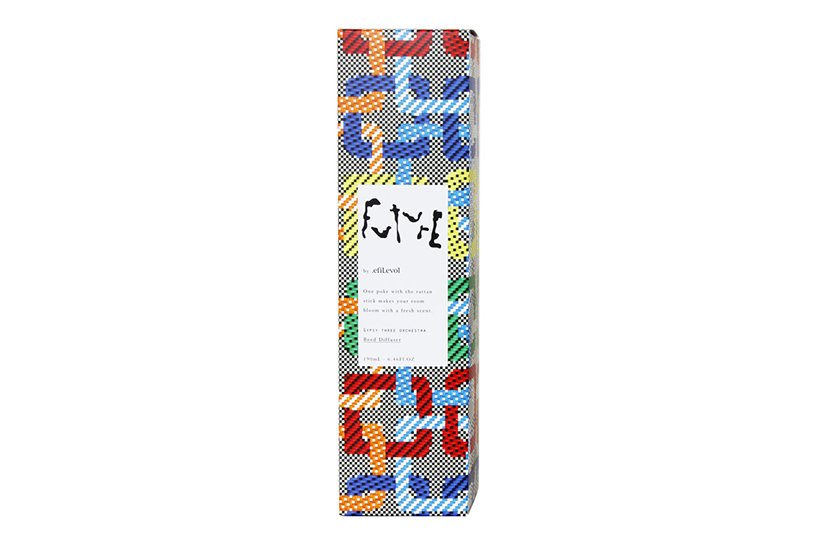 packaging and logo design for the room scent ‘future’ by .efiLevol, 2012
packaging and logo design for the room scent ‘future’ by .efiLevol, 2012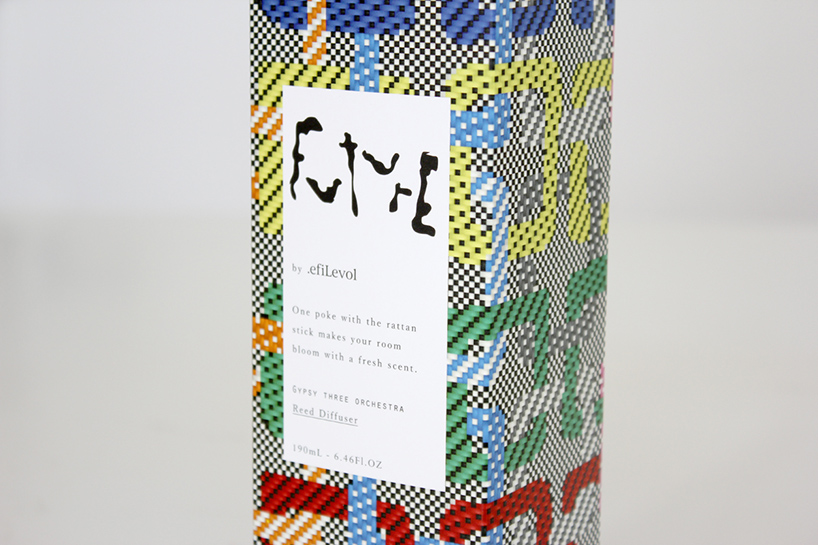
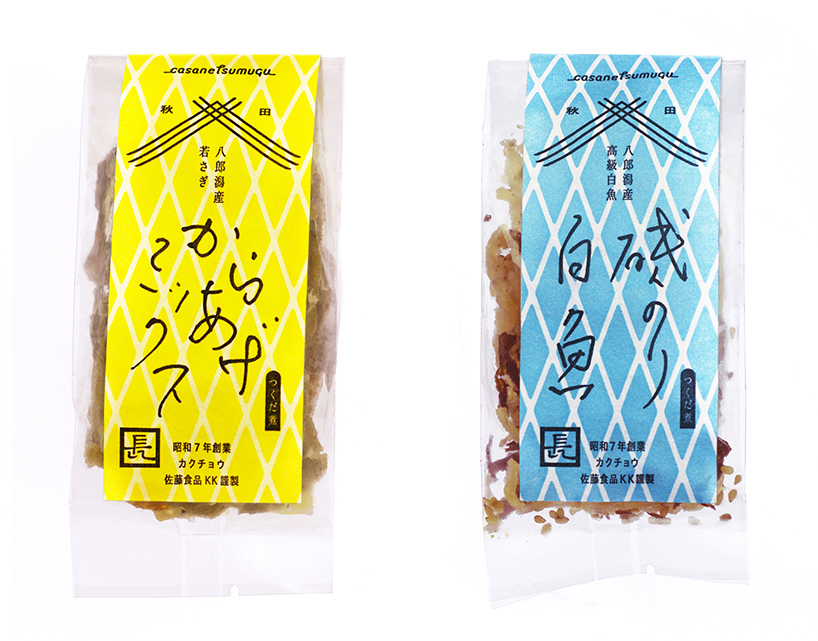 package design for TSUKUDANI (fried fish chips) by casane tsumugu, 2012
package design for TSUKUDANI (fried fish chips) by casane tsumugu, 2012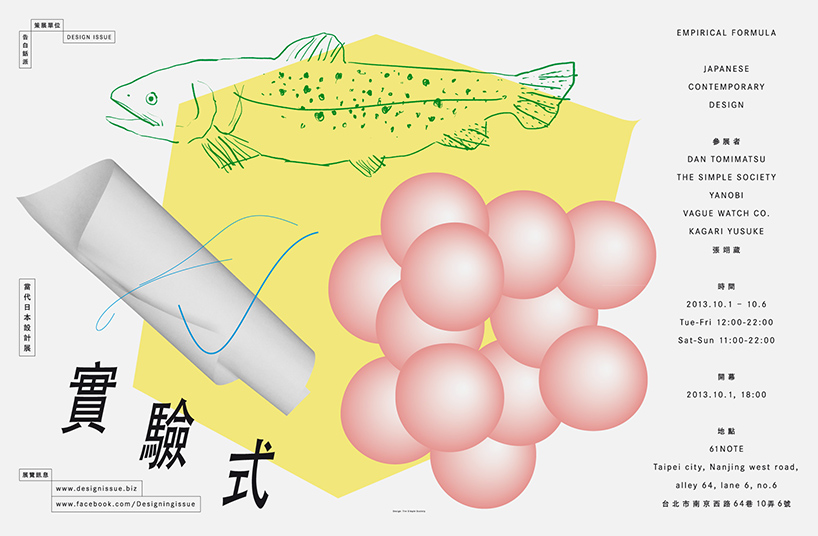 poster for a design issue exhibition in taipei, taiwan , 2013
poster for a design issue exhibition in taipei, taiwan , 2013